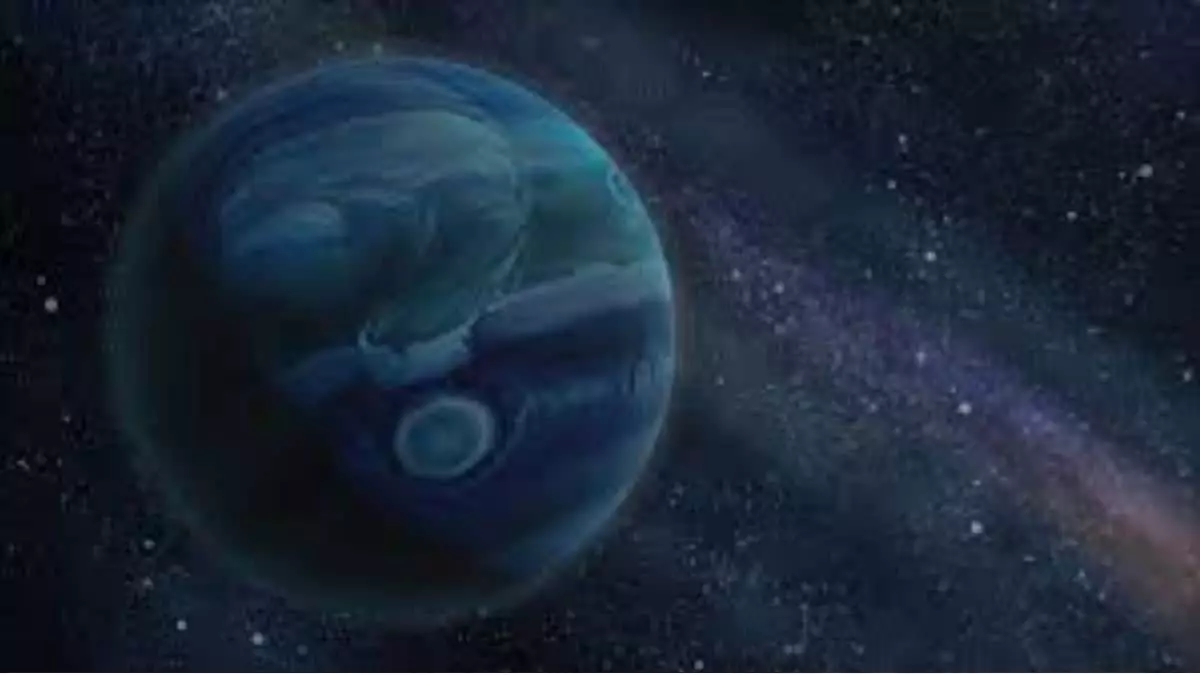For decades, the idea of a mysterious, unseen planet lurking at the fringes of our solar system has captured human imagination. Originally dubbed “Planet X,” this hypothetical world was proposed to explain irregularities in Uranus’s orbit—a classic case of scientific curiosity meeting the limits of observational data. When Neptune was discovered, it seemingly solved the mystery; yet, the idea of an unknown distant world persisted. The renewed intrigue kicked in with 2016’s resurgence by Caltech astronomers Konstantin Batygin and Mike Brown, who suggested that this elusive “Planet Nine” might be orbiting far beyond Neptune. Their reasoning was rooted in the bizarre, elongated orbits of several Kuiper Belt objects (KBOs), which did not align with gravitational influences solely from the known planets.
This appeal to the unseen is seductive because it feeds a narrative of cosmic mystery, promising that our solar system still holds secrets. However, this allure can overshadow critical scientific skepticism. The allure of a massive planet hidden at hundreds of astronomical units (AU) away is appealing but not yet conclusively supported. The evidence is indirect—based on orbital perturbations rather than direct observation—and in science, such indirect clues demand rigorous validation, not just compelling hypotheses.
The Controversial Evidence and Skeptical Challenges
While the case for Planet Nine gains new supporters, a chorus of skepticism echoes through the astronomical community. Critics argue that the current data from Kuiper Belt objects are insufficient, often pointing out that the observed orbital anomalies could be explained through alternative mechanisms. For instance, some scientists believe that a faint debris ring or a cluster of smaller objects could collectively mimic the gravitational effects attributed to a giant unseen planet. Others speculate that perhaps dark matter or exotic physics could be at play—complicating any straightforward narrative of a “new planet” at the edge of our solar system.
Additionally, the concept of a planet several times the mass of Earth residing at 500 AU away poses a significant observational challenge. Such objects take tens of thousands of years to complete a single orbit, making direct detection exceptionally difficult with current technology. The faintness, distance, and potential for observational bias mean that many astronomers are cautious about jumping to firm conclusions. The recent discoveries of highly elongated objects like 2023 KQ14 deepen the mystery, as their stability and formation history challenge classical models, casting doubt on the planetary hypothesis.
Is the Search for Planet Nine a Wasteful Pursuit?
There is an undercurrent of criticism that the pursuit of Planet Nine may be an overreach—a reliance on assumptions rather than hard evidence. Some argue that this quest diverts valuable telescope time, resources, and scientific focus from more pressing or observable phenomena. The obsession with a hypothetical planet risks framing science as a guessing game where confirmation bias can easily take hold. It’s tempting to see a hidden planet behind every orbital irregularity, but science necessitates patience and empirical validation, not speculation.
Moreover, the possibility that an exotic object, such as a small black hole, could account for the anomalies adds layers of complexity and controversy. Such theories, while fascinating, are highly speculative and difficult to test. Until comprehensive data can be gathered—either through direct imaging or improved orbital modeling—the existence of Planet Nine remains an alluring but unproven hypothesis. Given the monumental effort required to detect distant, faint objects, some critics view the current focus on Planet Nine as a diversion from more productive scientific endeavors that have immediate empirical support.
In attacking the allure of unverified hypotheses, I contend that the scientific community must balance curiosity with critical prudence. The tantalizing prospect of a colossal unseen world feeds narratives of cosmic mystery, but without concrete evidence, it risks becoming a speculative mirage—an alluring distraction rather than a scientific breakthrough.


Leave a Reply